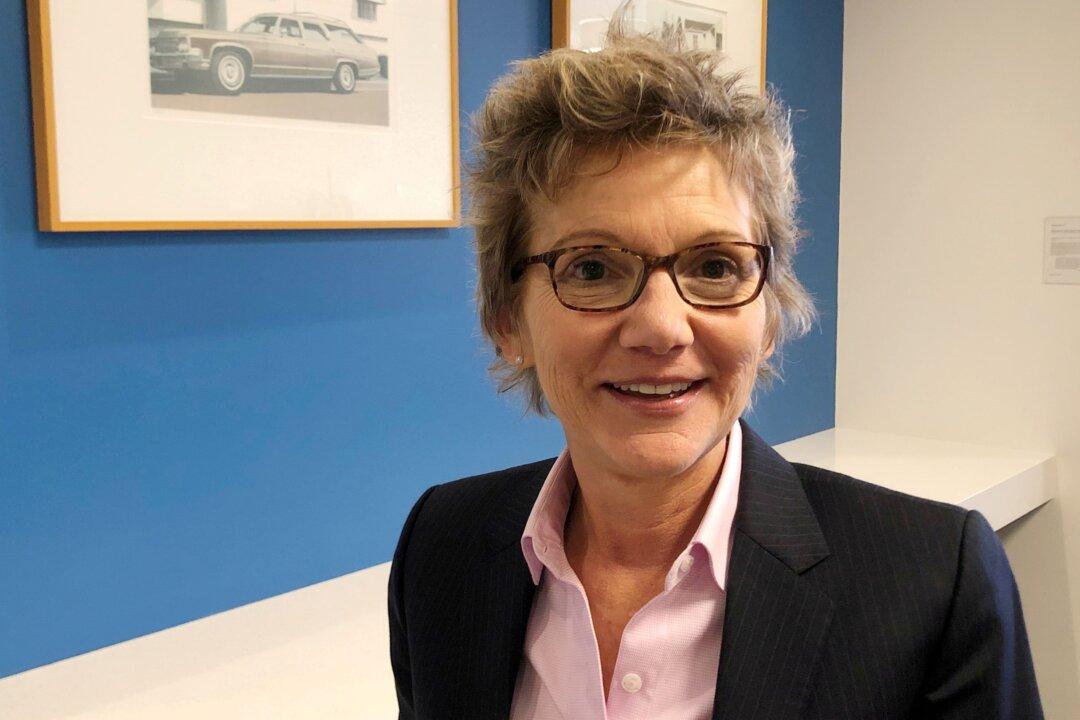Interest rates are likely to be raised “a couple” more times this year as inflation is still far too high, the head of the Federal Reserve Bank of San Francisco says.
While price pressures are slowing, San Francisco Fed President Mary Daly says the central bank needs to continue raising interest rates, a policy decision that requires a balancing act amid a plethora of challenges, such as the national economy or banking stresses.





